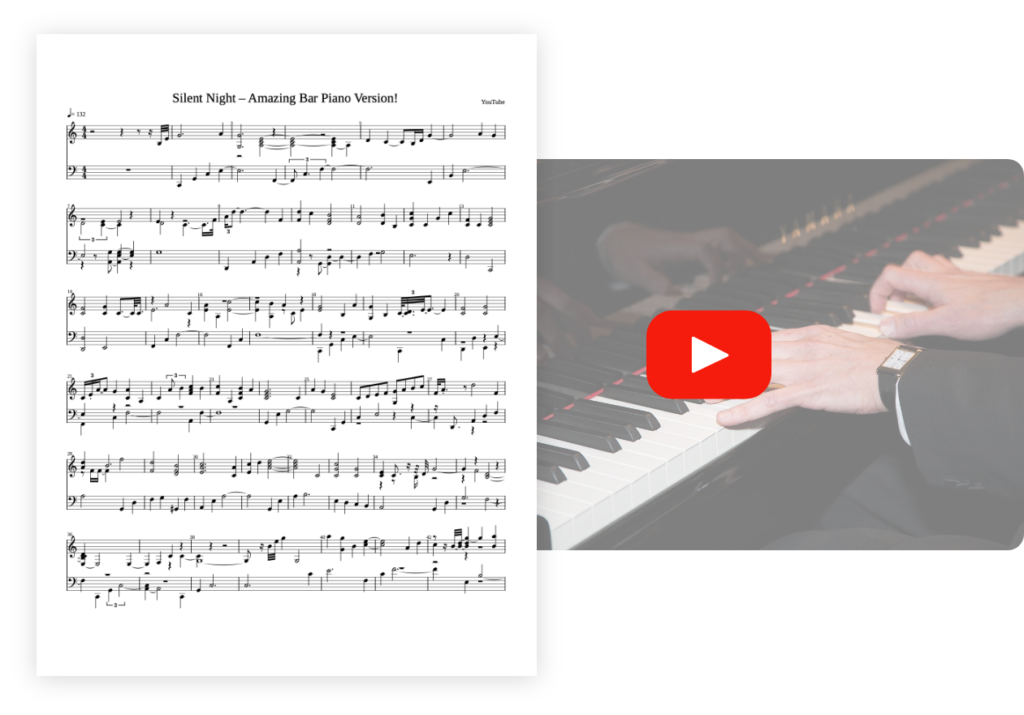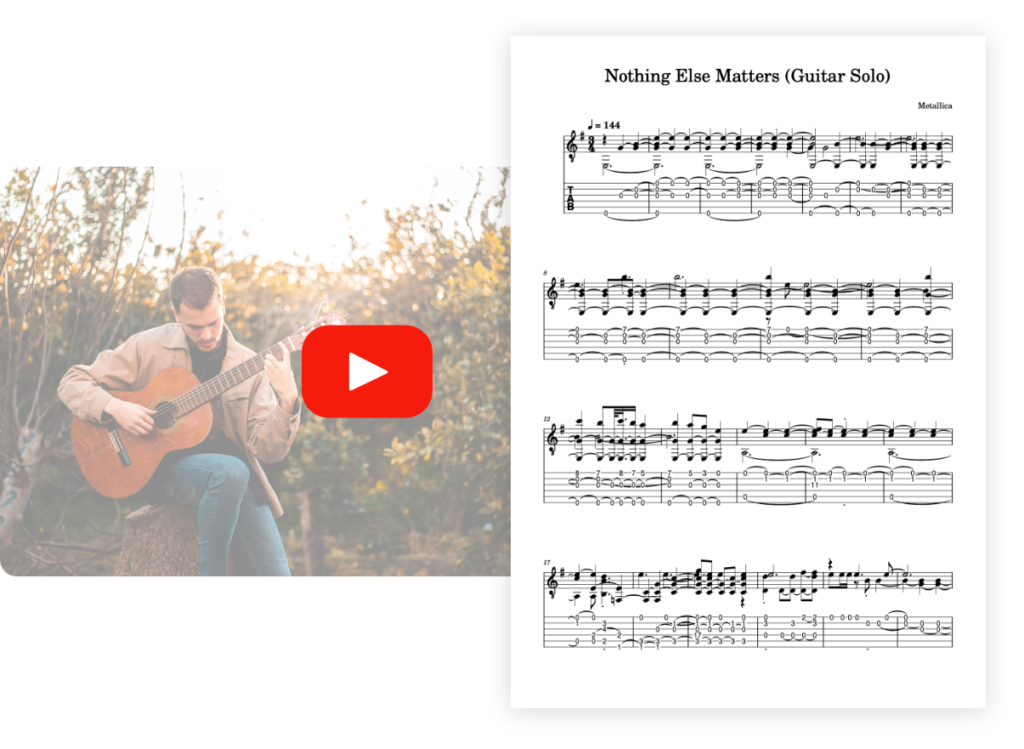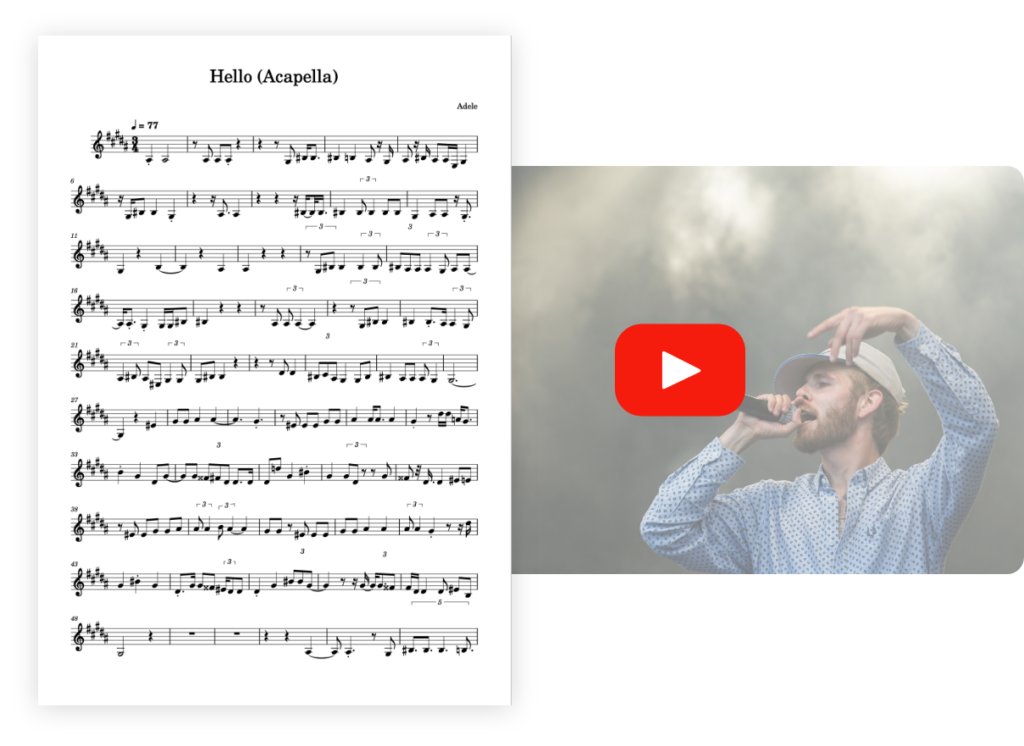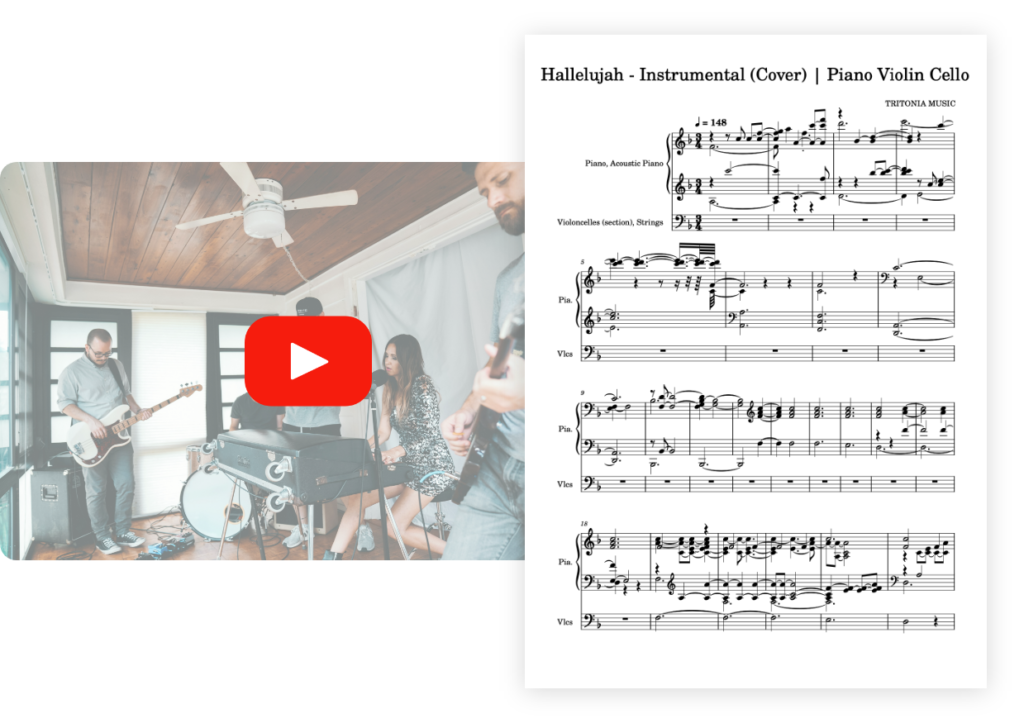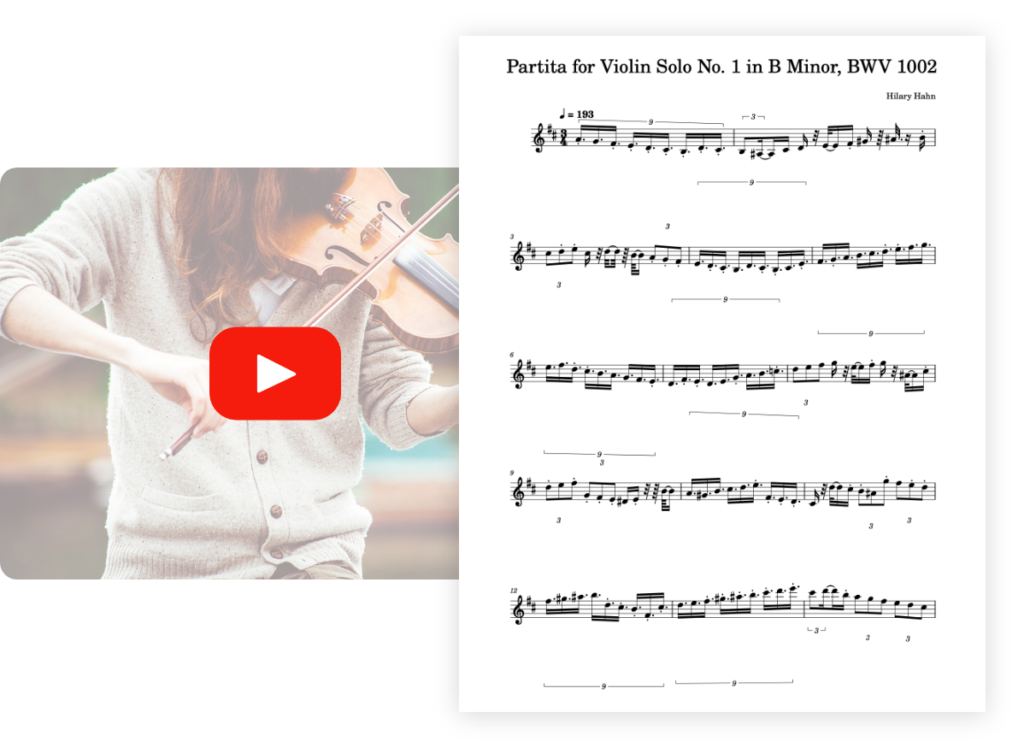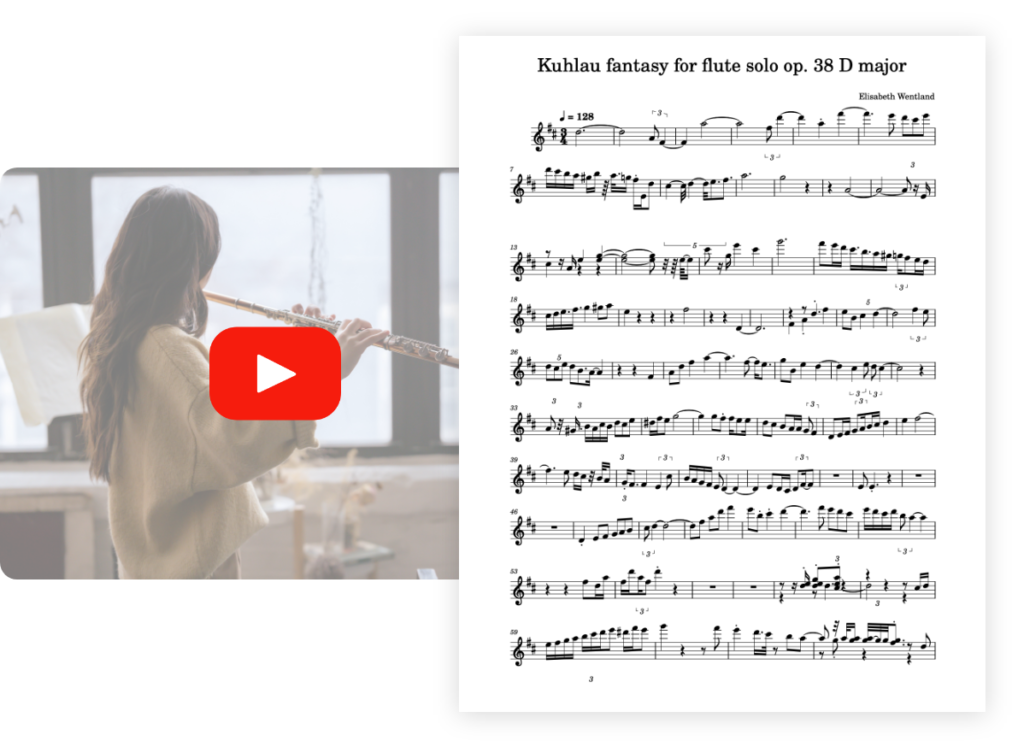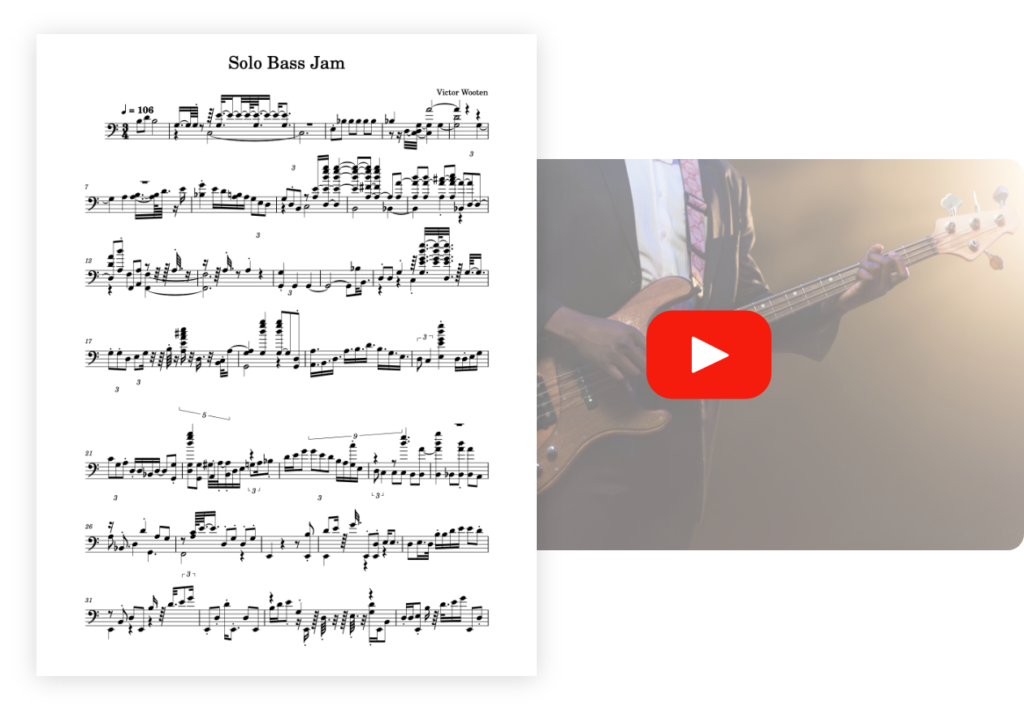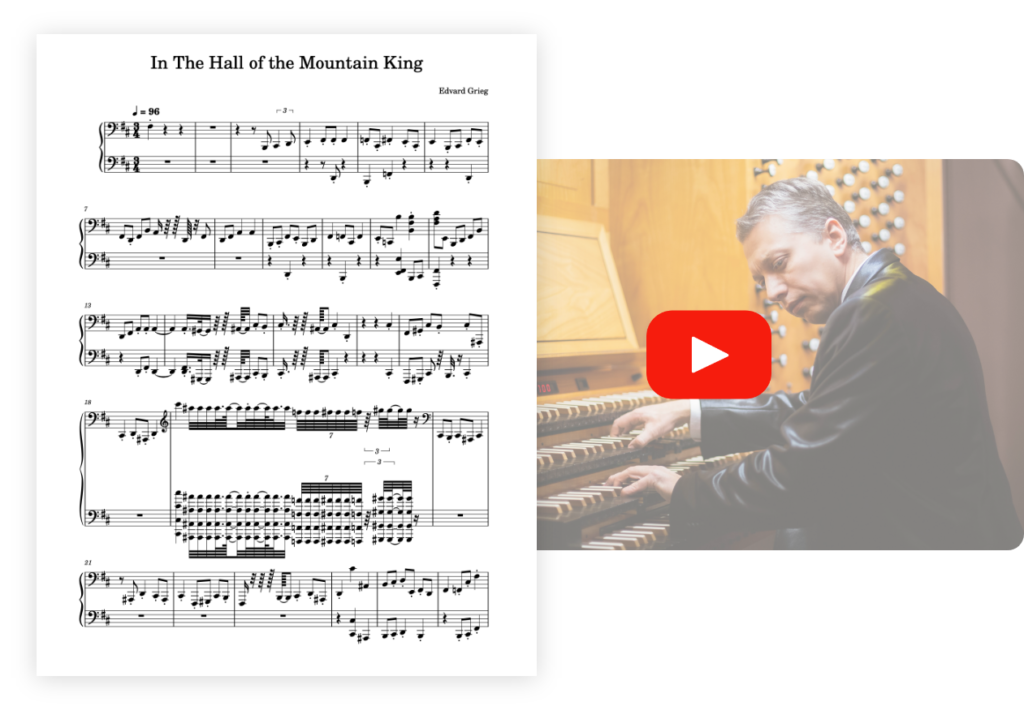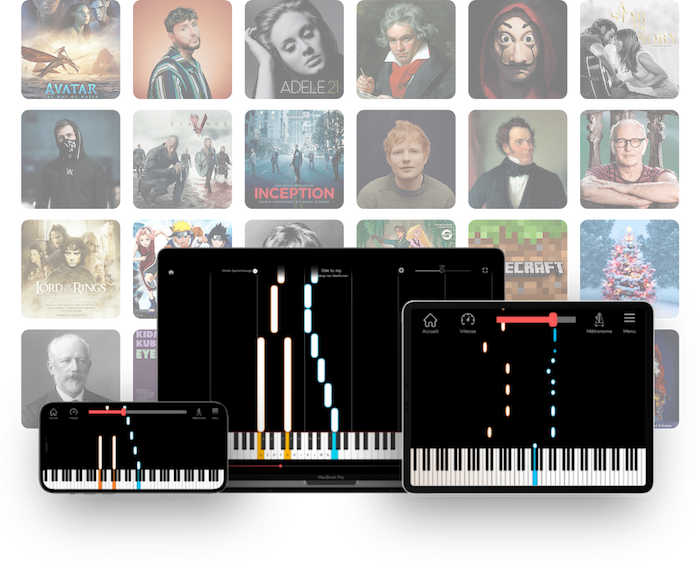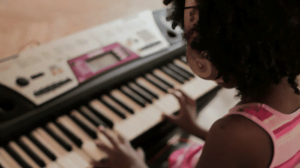Piano notes numbers: introduction and explanation of the method
Let’s introduce here the method with which we will learn to play the songs of this article. For each song, you will learn independently the notes of the right hand and the notes of the left hand. For each hand, we will associate a note with a number, which will allow you to identify this note to play it on your piano. The diagram below, which we will add for each song so that you can always refer to it, shows each piano key associated with a number:

The numbers go from 1 to 12, as they are categorized by octave. Each octave will be identified by a color code. To play the songs, we will list the numbers one after the other, in different colors. For example, if you have to play the note C in the third octave, we will display the number “1” associated with the green color (as in the diagram above).
Here are the color codes associated with the octaves:
– Octave 0 : pink
– Octave 1 : orange
– Octave 2 : dark blue
– Octave 3 : dark green
– Octave 4 : purple
– Octave 5 : red
– Octave 6 : light blue
– Octave 7: yellow
– Octave 8: light green
Example 1: to play the notes C, D and E located in the fourth octave, we will display these numbers with this color: 1 – 3 – 5.
Example 2 : to play the notes G, A and B located in the fifth octave, we will display these numbers with this color : 8 – 10 – 12.
At the end of each song, we will also show you a tutorial video to learn how to play the piano notes in addition to the numbers we give you. This will give you a visual support to help you learn faster.
1 – The Itsy Bitsy Spider – Traditional

Itsy Bitsy Spider is an English nursery rhyme first published in 1910 by an anonymous author.
Today it is one of the most popular nursery rhymes in the world and very popular with children.
The song is quite easy to play. It could have been included in our ranking of the best easy piano songs for beginners.
We will list below the piano note numbers for each hand.
Right hand: piano notes with numbers

Press the following notes (corresponding to the numbers on the diagram above) to play the melody of The Itsy Bitsy Spider with the right hand:
1 – 1 – 1 – 3 – 5 – 5 – 5 – 3 – 1 – 3 – 5 – 1 – 5 – 5 – 6 – 8 – 8 – 6 – 5 – 6 – 8 – 5 – 1 – 1 – 3 – 5 – 5 – 3 – 1 – 3 – 5 – 1 – 1 – 1 – 1 – 3 – 5 – 5 – 5 – 3 – 1 – 3 – 5 – 1.
Left hand: piano notes with numbers

Play the numbers below to reproduce the notes of the left hand on your piano (when several notes must be played at the same time, we mark a “+” sign between each number):
8 – 1 – 1 – 1 – 1 – 8 – 8 – 5 – 1 – 1 – 1 – 1 – 1 – 8 – 8 – 5 – 1 – 1 – 1 – 1 – 1 – 8 – 8 – 1 – 8 – 8 – 6+8 – 6+8 – 1+5+8.
Video tutorial
Watch the following tutorial video showing you the notes to be able to play the song Itsy Bitsy Spider easily.
>> Learn easily the song Itsy Bitsy Spider on piano with La Touche Musicale learning app.
2 – Ode to Joy – Ludwig Van Beethoven

The Ode to Joy is one of the most famous classical music works in the world.
It was composed by Ludwig Van Beethoven in 1824 and is today the European anthem, symbol of unity and cohesion.
The song is quite easy to play on the piano. Find the note numbers for each hand below.
You can also find the piano notes tutorial of Ode to Joy in our series of articles dedicated to the best piano songs. If you like pieces like this, you might enjoy our articles about the most beautiful classical piano music compositions and the best piano songs by Beethoven.
Right hand: piano notes with numbers

Play the sequence of numbers below to reproduce the entire melody of Ode to Joy played with your right hand on the piano keyboard:
5 – 5 – 6 – 8 – 8 – 6 – 5 – 3 – 1 – 1 – 3 – 5 – 5 – 3 – 5 – 5 – 6 – 8 – 8 – 6 – 5 – 3 – 1 – 1 – 3 – 5 – 3 – 1 – 3 – 3 – 5 – 1 – 3 – 5 – 6 – 5 – 1 – 3 – 5 – 6 – 5 – 3 – 1 – 3 – 8 – 8 – 5 – 5 – 6 – 8 – 8 – 6 – 5 – 3 – 1 – 1 – 3 – 5 – 3 – 1.
Left hand: piano notes with numbers

Now play the left hand of Ode to Joy on the piano by pressing the following keys in succession:
1+8 – 1+8 – 5 – 6 – 8 – 1+8 – 1+8 – 5 – 6 – 8 – 1+8 – 6+8 – 6+8 – 6+8 – 8 – 3 – 8 – 1+8 – 1+8 – 5 – 6 – 8 – 1+8.
Video tutorial
Watch the piano tutorial for the song Ode to Joy so you can follow the notes and understand the numbering we gave you just above:
>> Learn easily the song Ode to Joy on piano with La Touche Musicale learning app.
3 – Au clair de la lune – Jean-Baptiste Lully

Au clair de la lune is a popular French song composed by the musician Jean-Baptiste Lully in the 17th century.
This song has the characteristic of being the first recorded music in history in 1860.
Au clair de la lune is very easy to play on the piano. We show you the note numbers to play on your piano below.
Right hand: piano notes with numbers

To play all the notes in the right hand of the song Au clair de la lune, press the following numbers one after the other:
1 – 1 – 1 – 3 – 5 – 3 – 1 – 5 – 3 – 3 – 1 – 1 – 1 – 1 – 3 – 5 – 3 – 1 – 5 – 3 – 3 – 1 – 3 – 3 – 3 – 3 – 10 – 10 – 3 – 1 – 12 – 10 – 8 – 1 – 1 – 1 – 3 – 5 – 3 – 1 – 5 – 3 – 3 – 1.
Left hand: piano notes with numbers

The following numbering indicates all the notes to be played to perform the Au clair de la lune accompaniment with the left hand:
1 – 8 – 1 – 8 – 1 – 1 – 8 – 1 – 8 – 1 – 8 – 6 – 8 – 8 – 6 – 5 – 3 – 1 – 8 – 1 – 8 – 1.
Video tutorial
To help you better play the notes of Au clair de la lune on the piano with the above numbering, we have prepared a tutorial video for you to benefit from visual and auditory support:
>> Learn easily the song Au clair de la lune on piano with La Touche Musicale learning app.
4 – Rock-a-Bye, Baby – Effie Crockett

Rock-a-Bye, Baby is a popular rhyme that was first printed in London in 1765.
It is a lullaby that is now well known all over the world.
To play this song, look at the piano note numbers we list below.
You can find Rock-a-Bye, Baby in our top 10 best piano songs for kids and other similar pieces on our article of the best Disney piano songs.
Right hand: piano notes with numbers

Play all the notes of the Rock-a-Bye, Baby rhyme in succession with your right hand following the numbering below:
5 – 3 – 1 – 1 – 6 – 5 – 3 – 3 – 1 – 5 – 3 – 1 – 1 – 6 – 5 – 3 – 3 – 1 – 5 – 3 – 1 – 1 – 6 – 5 – 3 – 3 – 1 – 5 – 3 – 1 – 1 – 6 – 5 – 3 – 3 – 1.
Left hand: piano notes with numbers

The numbers below show you all the left hand notes to play the Rock-a-Bye, Baby piano accompaniment:
5 – 8 – 5 – 8 – 12 – 6 – 8 – 10 – 8 – 5 – 8 – 5 – 8 – 12 – 6 – 8 – 10 – 12 – 5 – 8 – 5 – 8 – 12 – 6 – 8 – 10 – 8 – 5 – 8 – 5 – 8 – 12 – 6 – 8 – 10 – 12.
Video tutorial
The following video tutorial shows you all the notes to play (left and right hand) to be able to reproduce the song Rock-a-Bye, Baby on the piano:
>> Learn easily the song Rock-a-Bye, Baby on piano with La Touche Musicale learning app.
5 – Happy Birthday – Patrick Smith Hill
Happy Birthday is a song traditionally sung to celebrate the birthday of a living person.
The melody of the song comes from the nursery rhyme Good Morning to All, composed in 1893 by Patty Smith Hill.
This very popular music is also easy to play. Find all the notes below and identify them by the numbers on your piano keyboard.
Right hand: piano notes with numbers

Play all the following numbers to reproduce the notes of Happy Birthday on the piano with your right hand:
8 – 8 – 10 – 8 – 1 – 12 – 8 – 8 – 10 – 8 – 3 – 1 – 8 – 8 – 8 – 5 – 1 – 1 – 12 – 10 – 6 – 6 – 5 – 1 – 3 – 1.
Left hand: piano notes with numbers

Now play all the notes in the left hand to reproduce the sound of the Happy Birthday piano accompaniment:
1 – 1 – 8 – 8 – 8 – 1 – 1 – 1 – 6 – 6 – 1 – 8 – 1.
Video tutorial
Watch the tutorial video for the song Happy Birthday to see all the piano notes dynamically displayed to accompany the numbers above:
>> Learn easily the song Happy Birthday on piano with La Touche Musicale learning app.
6 – Mary Had a Little Lamb – Traditional
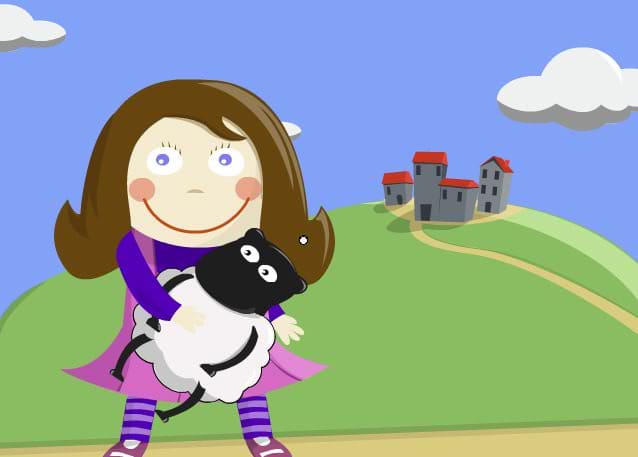
Mary Had a Little lamb is a nursery rhyme of English origin.
Dating from the 19th century, the song was published only in 1830 by the firm Marsh, Capen & Lyon in Boston.
Mary Had a Little Lamb is a children’s song that is very easy to play on the piano. Follow the order of the numbers below to reproduce the notes belonging to each hand.
You can also refer to our Mary Had a Little Lamb piano notes tutorial to learn this song.
Right hand: piano notes with numbers

Press all these notes in succession to play the melody of Mary Had a Little Lamb on the piano with your right hand:
5 – 3 – 1 – 3 – 5 – 5 – 5 – 3 – 3 – 3 – 5 – 8 – 8 – 5 – 3 – 1 – 3 – 5 – 5 – 5 – 5 – 3 – 3 – 5 – 3 – 1 – 5 – 3 – 1 – 3 – 5 – 5 – 5 – 3 – 3 – 3 – 5 – 8 – 8 – 5 – 3 – 1 – 3 – 5 – 5 – 5 – 5 – 3 – 3 – 5 – 3 – 1.
Left hand: piano notes with numbers

Now we will play all the notes belonging to the left hand in the song Mary Hand a Little Lamb with the associated numbers:
1 – 8 – 1 – 8 – 8 – 3 – 1 – 8 – 1 – 8 – 1 – 8 – 8 – 3 – 1 – 1 – 8 – 1 – 8 – 8 – 3 – 1 – 8 – 1 – 8 – 1 – 8 – 8 – 3 – 1.
Video tutorial
We invite you to watch the following video to follow the numbers of the associated notes to reproduce the song Mary Had a Little Lamb on the piano:
>> Learn easily the song Mary Had a Little Lamb on piano with La Touche Musicale learning app.
7 – God Save the Queen – English Traditional

God Save the Queen is the national anthem of the United Kingdom.
When referring to a sovereign, the term God Save the King is used.
The origin of this song is obscure. It was first printed in 1744 and performed at the Theatre Royal in Dury Lane the following year.
The song is easy to play on the piano. You can easily learn the notes by following the numbers listed below.
Right hand: piano notes with numbers

To play the right hand notes of the song God Save the Queen, follow the numbering below:
1 – 1 – 3 – 12 – 1 – 3 – 5 – 5 – 6 – 5 – 3 – 1 – 3 – 1 – 12 – 1 – 1 – 3 – 5 – 6 – 8 – 8 – 8 – 8 – 6 – 5 – 6 – 6 – 6 – 6 – 5 – 3 – 5 – 6 – 5 – 3 – 1 – 5 – 6 – 8 – 10 – 6 – 5 – 3 – 1.
Left hand: piano notes with numbers

Let’s now play the notes belonging to the left hand. Follow the numbering:
1 – 8 – 1 – 8 – 10 – 8 – 1 – 1 – 8 – 1 – 8 – 1.
Video tutorial
The piano tutorial video of the song God Save the Queen will help you visualize all the notes to play with your two hands:
>> Learn easily the song Mary Had a Little Lamb on piano with La Touche Musicale learning app.
8 – Amazing Grace – John Newton

Amazing Grace is one of the most popular Christian hymns in the world.
It is originally a poem written by the slave trader John Newman in 1760-1761.
It was later set to music by the composer William Walker. The song was first published in 1835 under the title New Britain.
To play this song, follow the list of numbers associated with the piano notes below.
Learn how to play the piano notes of Amazing Grace in our tutorial section.
Right hand: piano notes with numbers

To play Amazing Grace on the piano with your right hand, please follow the note numbering:
1 – 6 – 10 – 6 – 10 – 8 – 6 – 3 – 1 – 1 – 6 – 10 – 6 – 10 – 8 – 1 – 10 – 1 – 10 – 1 – 10 – 6 – 1 – 3 – 6 – 6 – 3 – 1 – 1 – 6 – 10 – 6 – 10 – 8 – 6.
Left hand: piano notes with numbers

We will now play the left hand notes for the song Amazing Grace by John Newman. Press all the following numbers:
6 – 1 – 6 – 6 – 1 – 6 – 11 – 3 – 11 – 6 – 1 – 6 – 6 – 1 – 6 – 6 – 1 – 6 – 1 – 5 – 1 – 1 – 5 – 1 – 6 – 1 – 6 – 6 – 1 – 6 – 11 – 3 – 11 – 6 – 1 – 6 – 6 – 1 – 6 – 1 – 5 – 1 – 6 – 1 – 6 – 6 – 1 – 6.
Video tutorial
The following tutorial shows you each note to play with the right and left hand to easily learn Amazing Grace by John Newman on the piano:
>> Learn easily the song Amazing Grace on piano with La Touche Musicale learning app.
9 – Waltz – Johannes Brahms

The Waltzes for piano are works of the famous composer Johannes Brahms.
He composed these pieces in 1865 and they were published two years later.
As soon as they were published, they were welcomed by the critics of his time and the public.
Today, Brahms’ Waltzes have become a staple of the classical repertoire.
To learn how to play this song, please see the numbers below.
Right hand: piano notes with numbers

To play the right hand notes in the song Waltz by Johannes Brahms, please refer to the following numbering:
5 – 1 – 1 – 5 – 5 – 1 – 1 – 5 – 6 – 5 – 3 – 1+5 – 1 – 1 – 8 – 10 – 5 – 5 – 8 – 12 – 10 – 8 – 9 – 5+8 – 6 – 5 – 1 – 1 – 5 – 5 – 1 – 1 – 5 – 6 – 5 – 3 – 1+5 – 1 – 1 – 8 – 10 – 5 – 5 – 8 – 10 – 5 – 5 – 8 – 5+1 – 8 – 6 – 3 – 1.
Left hand: piano notes with numbers

Now let’s move on to the left hand. Play all the numbers one after the other in order to reproduce the entire accompaniment of Brahms’ Waltz on the piano:
8 – 8 – 12 – 12 – 8 – 8 – 8.
Video tutorial
Use the tutorial below to familiarize yourself with the notes of the song. Try to pay close attention to the note beats and the overall rhythm of the piano song in order to play in the right tempo and with the right coordination of your two hands:
>> Learn easily the song Waltz on piano with La Touche Musicale learning app.
10 – Bolero – Maurice Ravel

The Bolero is a ballet music for orchestra composed by Maurice Ravel in 1928.
It had its first public performance at a ballet organized at the Opéra Garnier in Paris and performed by its dedicatee, the Russian dancer Ida Rubinstein.
This work became a worldwide success in only a few months, to the great surprise of its composer. It remains today a reference in ballet music.
To play the Bolero, please play all the notes listed below through the associated numbers.
Right hand: piano notes with numbers

Let’s go to the last song of this article. The right hand of Ravel’s Bolero is easy to play. To do so, follow the sequence of numbers that appears below and reproduce the notes they are associated with:
6 – 5 – 6 – 8 – 6 – 5 – 3 – 6 – 6 – 3 – 6 – 5 – 6 – 3 – 1 – 1 – 3 – 1 – 3 – 5 – 3 – 8 – 6 – 5 – 3 – 5 – 6 – 8 – 6 – 5 – 6 – 5 – 3 – 6 – 5 – 3 – 3 – 6 – 3 – 5 – 1 – 3 – 5 – 1 – 3 – 3.
Left hand: piano notes with numbers

To play the notes of the left hand, we will proceed in the same way as for the right hand. Follow the sequence of numbers that appear below to play the right notes in the right order:
10 – 11 – 1 – 11 – 10 – 8 – 10 – 11 – 1 – 11 – 10 – 8 – 10 – 8 – 6 – 6 – 8 – 10 – 11 – 8 – 1 – 11 – 11 – 11 – 11 – 11 – 11 – 11 – 11 – 8 – 8 – 6 – 8 – 8 – 8 – 8 – 11 – 1 – 10 – 8 – 8 – 6 – 8 – 8 – 6 – 8 – 10 – 11 – 1 – 11 – 10 – 8 – 6.
Video tutorial
Watch the following tutorial video showing you the chords to be able to play the song Hello by Adele easily.
>> Learn easily the song Bolero on piano with La Touche Musicale learning app.




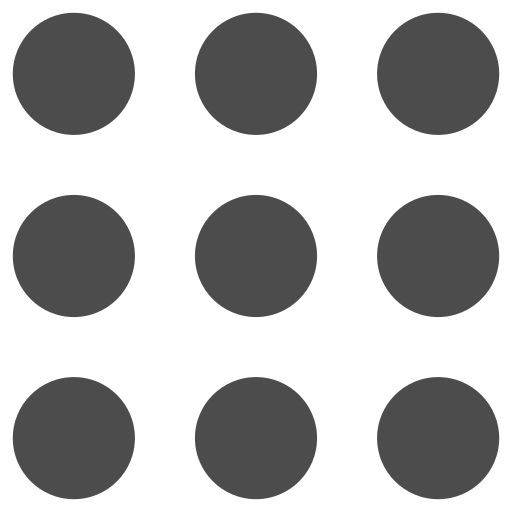
 PianoConvert
PianoConvert
 GuitarConvert
GuitarConvert
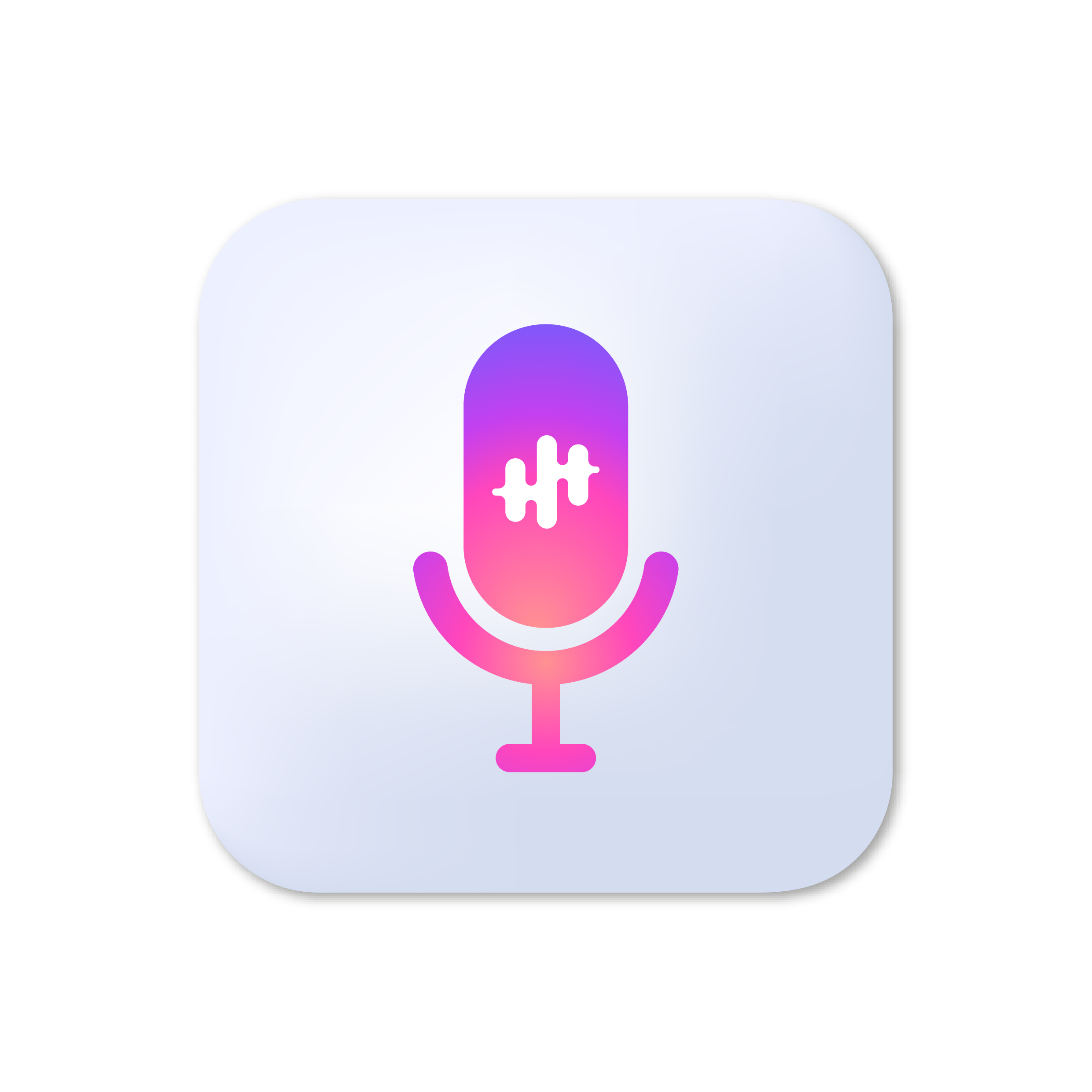 SingConvert
SingConvert
 BandConvert
BandConvert
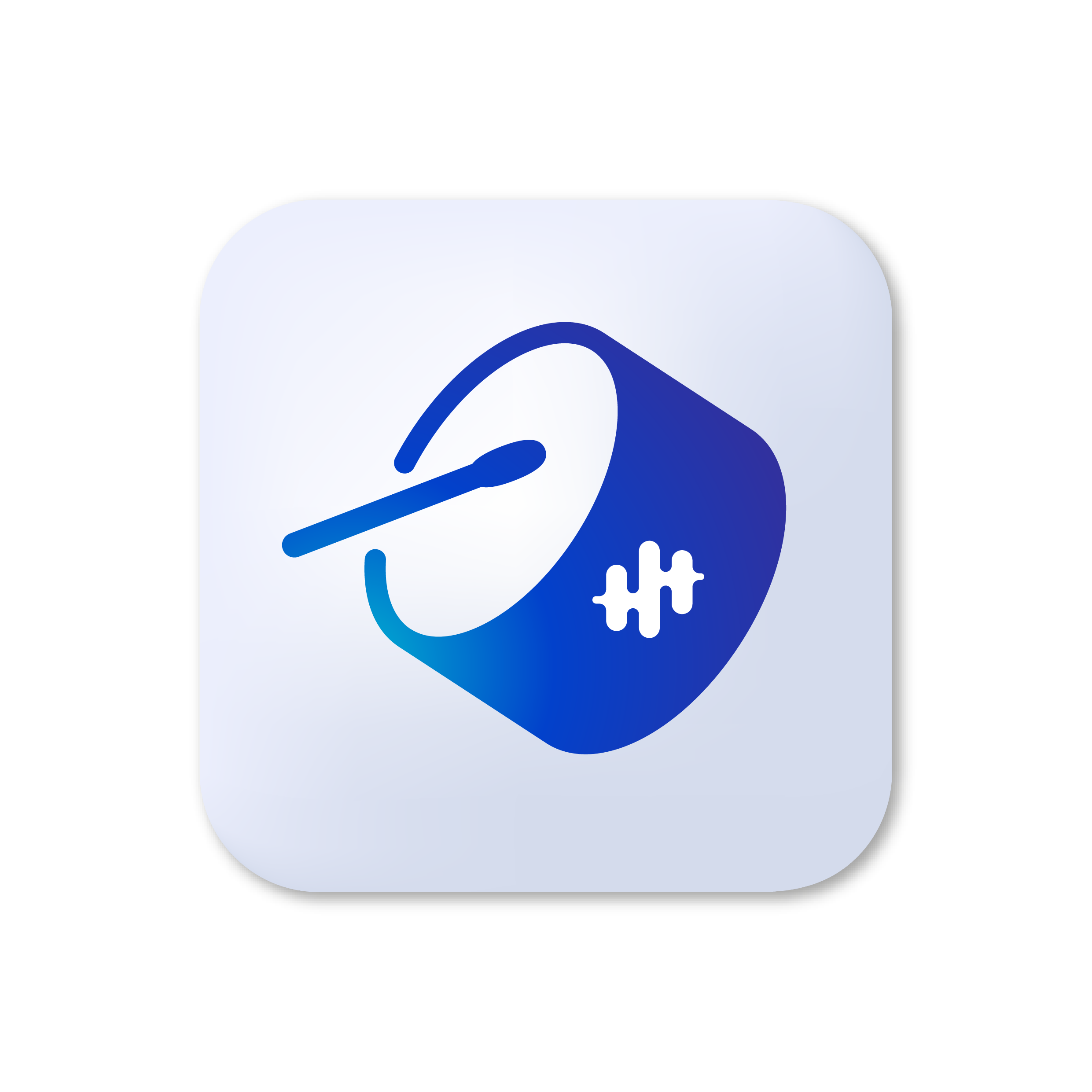 DrumConvert
DrumConvert
 ViolinConvert
ViolinConvert
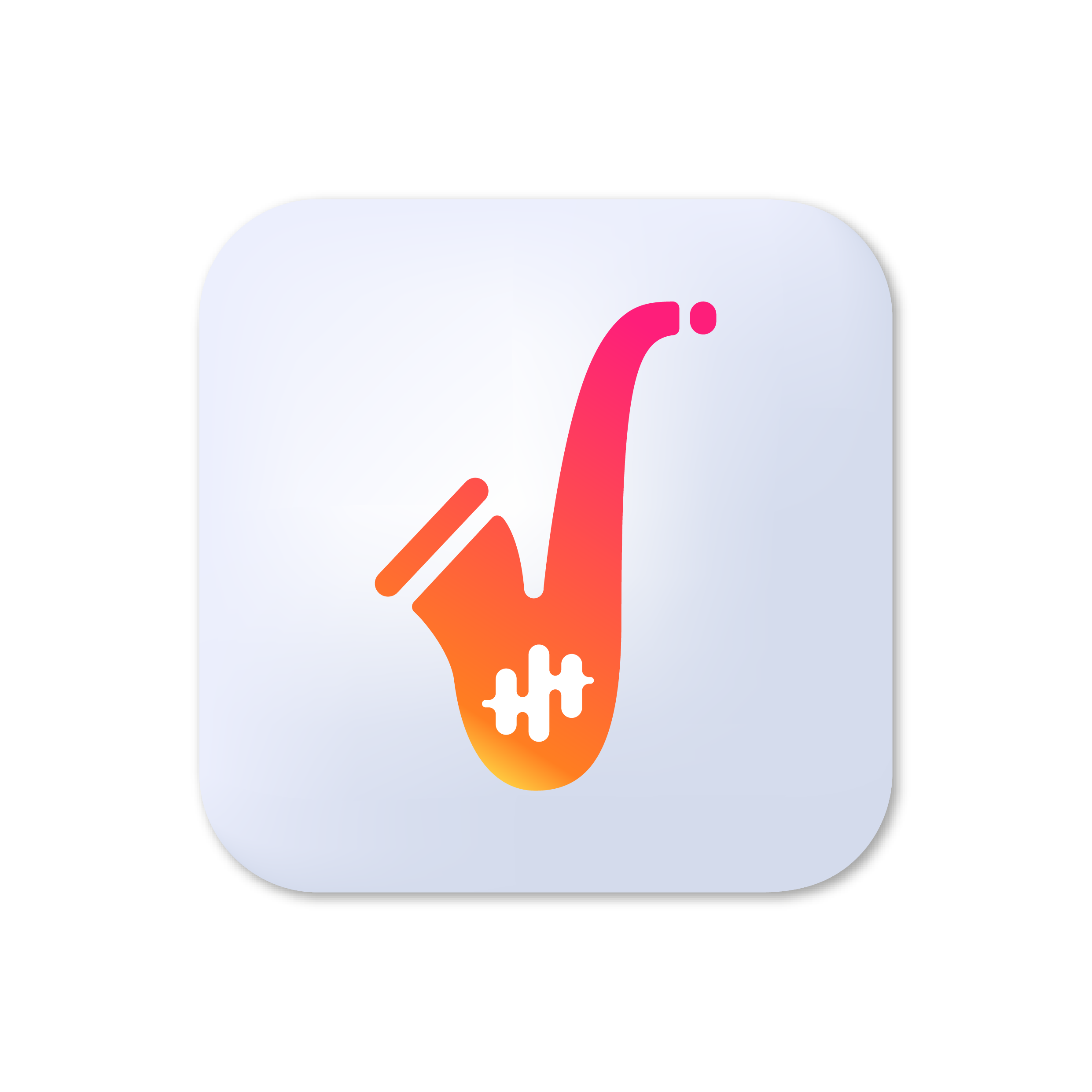 SaxConvert
SaxConvert
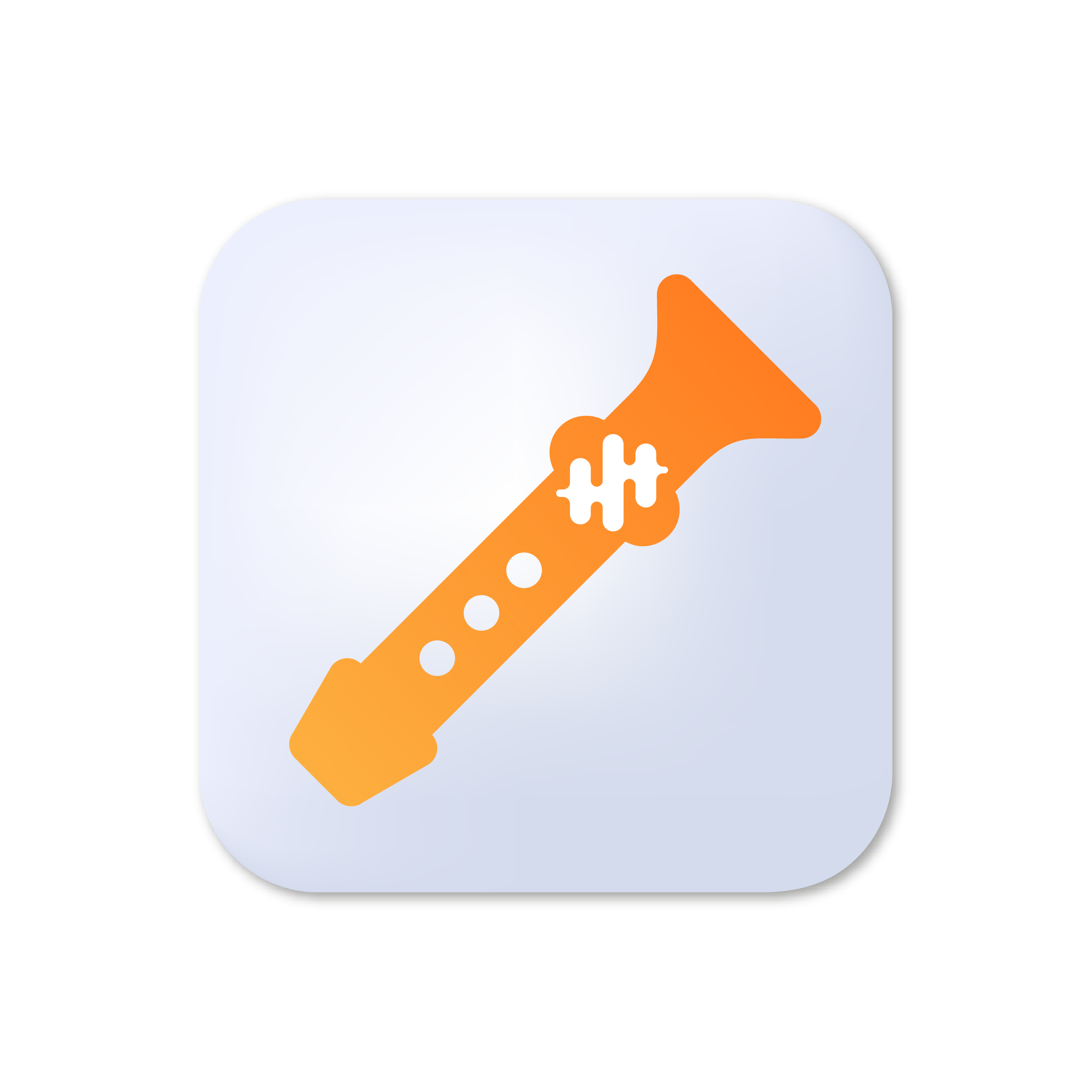 FluteConvert
FluteConvert
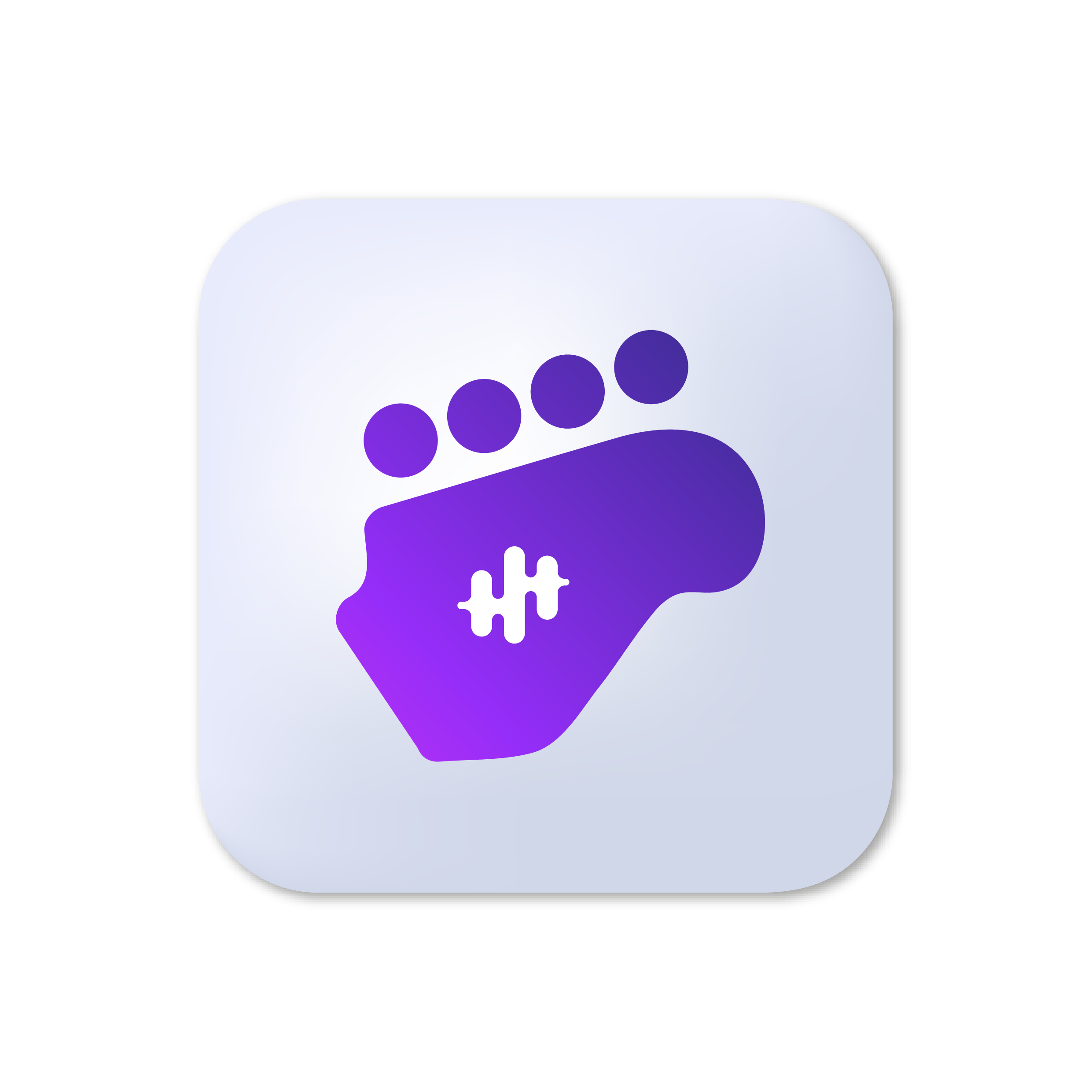 BassConvert
BassConvert
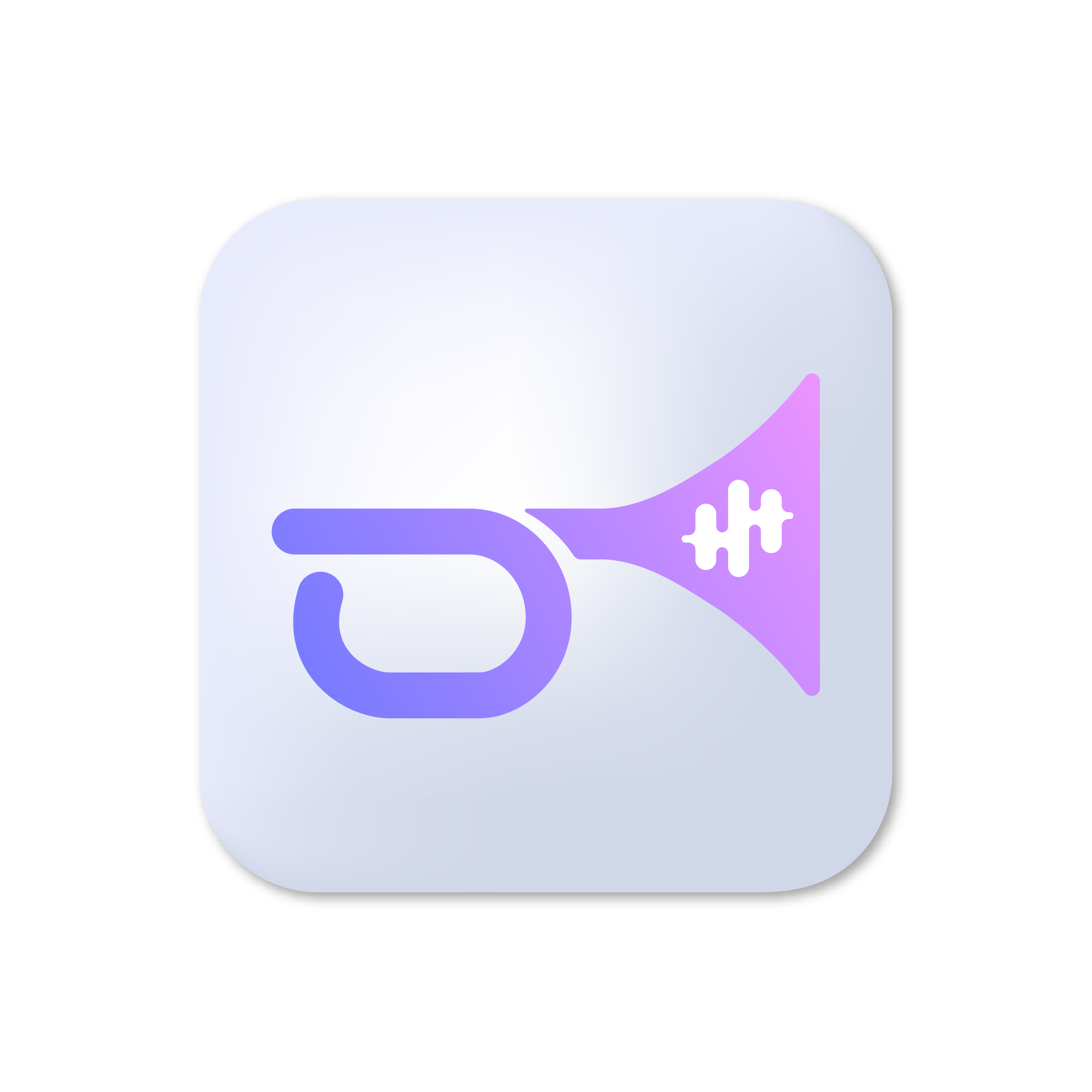 TrumpetConvert
TrumpetConvert
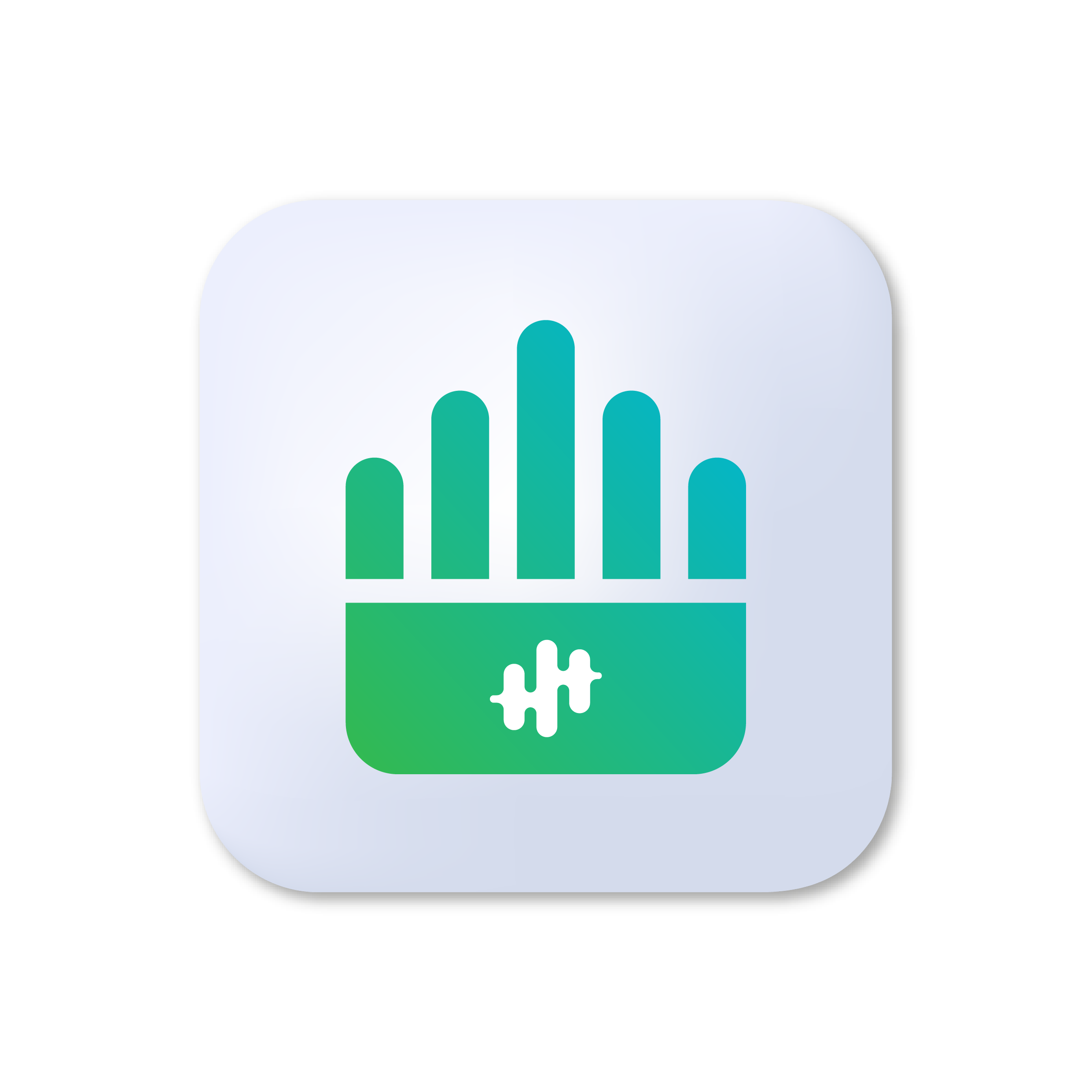 OrganConvert
OrganConvert
 PianoGo
PianoGo


